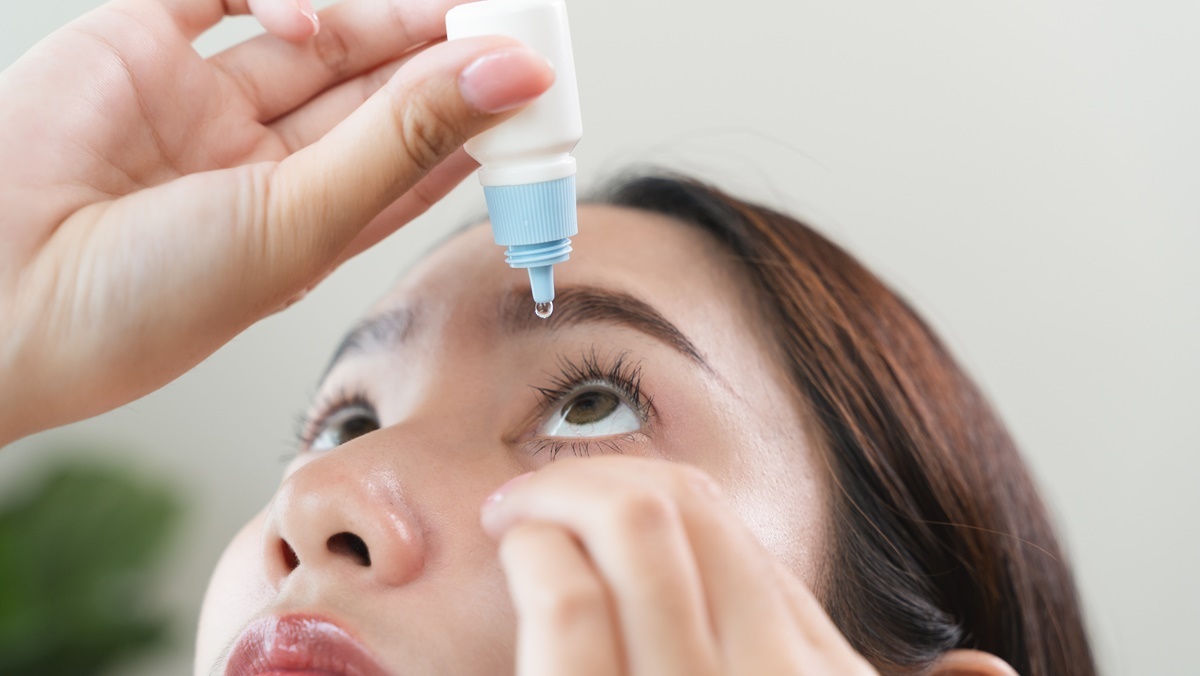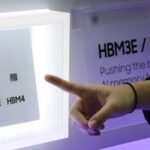Being extra vigilant about dry eye syndrome is crucial during the winter months.
Dry eye is a disease that causes various eye symptoms due to loss of homeostasis of the tear layer. The causes of abnormalities in the tear layer are diverse, including tear film instability, hyperosmolarity of tears, damage and inflammation of the ocular surface, and abnormalities in the sensory nerves.
Aging, night owls, prolonged screen time, and contact lens lovers are also prime candidates for dry eye drama.
Blue light from smartphone LCDs and computer monitors, in particular, is terrible for your eyes.

Blue light is a total buzzkill for your blink game, ramping up your dry eye risk by 32%. At night, it reduces melatonin, interfering with your beauty sleep. If you’re a chronic screen addict, it might lead to potential vision problems.
When blue light goes rogue on your corneal cells, you might experience some adverse effects like seeing halos, temporary vision hiccups, and tear film breakdowns.
It’s also your skin’s secret enemy. It dives deeper than UV rays, wreaking havoc on your collagen and leaving you with unwanted pigmentation.
To prevent these, try the 20-20-20 rule: every 20 minutes, take a 20-second break and gaze at something 20 feet away.

When your eyes feel dry, reach for those eye drops. Give your phone a cool time of two hours before bedtime.
Dry eye syndrome is quite uncomfortable. It causes dryness and a foreign body sensation as if sand has entered the eye, and it also causes dry, stabbing pain.
Tears flow when exposed to cold wind, and in severe cases, this can even cause headaches.
Dry eye syndrome can be improved but is difficult to cure completely.















Most Commented